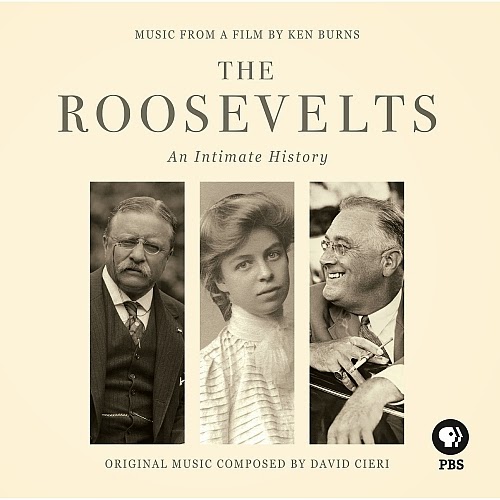Recently, I have noticed how some "traditionalist" blogs and websites seem to be full of references to a Sung Mass here, a Solemn Mass there, even Pontifical Mass - all presumably impeccably carried out with wonderfully inspiring music. Of course, those of us who remember the old Missal also remember how relatively rare such beautiful liturgies were and how ubiquitous instead was the very different experience of silent Low Mass - often rushed and obviously lacking in the grand solemnity of the old Missa in cantu. But one interesting thing that Low Mass did have that the more solemn, sung versions did not have was the Leonine Prayers, recited after Mass kneeling at the foot of the altar in the vernacular.
A noticeable minority regularly rushed out at the end of the Last Gospel, skipping the Leonine Prayers completely, which suggests that they may not have really caught on all that much in terms of popularity with people. But there was one of those "Prayers after Low Mass," that I for one really liked. That was the prayer to Saint Michael the Archangel, added by Pope Leo XIII in 1886. St. Michael the Archangel, defend us in battle. Be our defense against the wickedness and snares of the Devil. May God rebuke him, we humbly pray, and do thou, O Prince of the heavenly hosts, by the power of God, thrust into hell Satan, and all the evil spirits, who prowl about the world seeking the ruin and destruction of souls.
As I have remarked elsewhere, I truly loved that prayer. It formed my image of that great warrior Archangel, and it motivated me to choose Michael as my confirmation name. As a nerdy 9-year old, ever in danger of being bullied, no doubt I wanted somehow to identify with its strong, masculine imagery. That Michael, for all his hyper-masculine image, was ultimately a bodiless - and so sexless - spirit did not seem at that time to enter into my calculation! In any case, that was the name I proudly picked to be confirmed with. And so, on the afternoon of September 22, 1957, I trudged up to the altar with my name card in hand. The pastor took the card and read out the name (in the nominative case). The Bishop, sitting on his faldstool, then addressed me by that name (in the vocative case, as I would later learn): Michaele, signo te signo crucis et confirmo te chrismate salutis, in nomine Patris et Filii et Spiritus Sancti. And that was that! I was confirmed. That and a slap on the face made me a soldier of Christ!
In the Old Testament Book of Daniel, Michael appears in Daniel's apocalyptic visions as a great "prince," and the heavenly protector of Israel - initially against Persia (Daniel 10:13-21) and then at the time of the Resurrection and General Judgment (Daniel 12:1). I'm sure I knew nothing about that back in 5th grade, but I would have known about his New Testament role, where Michael appears again by name in the Book of Revelation in yet another apocalyptic vision of cosmic conflict "in heaven" between two armies of angels - one led by Michael, the other by the Devil (Revelation 12:7-9). That battle, which presumably is the basis for the image of Michael as the one who thrusts into hell Satan and all the evil spirits was apparently alluded to by Jesus himself, when he told the disciples he had watched Satan fall from heaven like lightning (Luke 10:18).
In the liturgy (with was, of course, my main access to images of Michael) Michael was also mentioned in other, less martial contexts. He was one of the saints we confessed to in the Confiteor. He was mentioned by the celebrant at Solemn Mass when blessing incense at the Offertory. And he was invoked in the Offertory antiphon at all Requiem Masses as the holy standard-bearer leading the faithful departed into the holy light once promised to Abraham and his descendants.
in his talks, Pope Francis has often referred to our perennial adversary the Devil and has warned of his temptations. Certainly, Michael's special role as protector of God's People and leader in our ongoing war with Satan still strongly resonates with me, as does the somewhat more comforting image (at my advancing age) of Michael leading the departed safely into the promised realm of light.
The Leonine Prayers are gone now (as, for that matter, is Low Mass) and probably not much missed - although the prayer to Saint Michael the Archangel that I used to like so much seems to be experiencing some surprising resurgence in popularity. Michael is still honored today (the traditional "Michaelmas Day" in England), although the two other archangels, Gabriel and Raphael, have for some strange reason been deprived of their own days (formerly March 24 and October 24) and have been somewhat artificially tacked on to Michael's day today. But for me this always remains Michael's day, as indeed Michael remains my own particularly chosen patron - my very own archangel.













